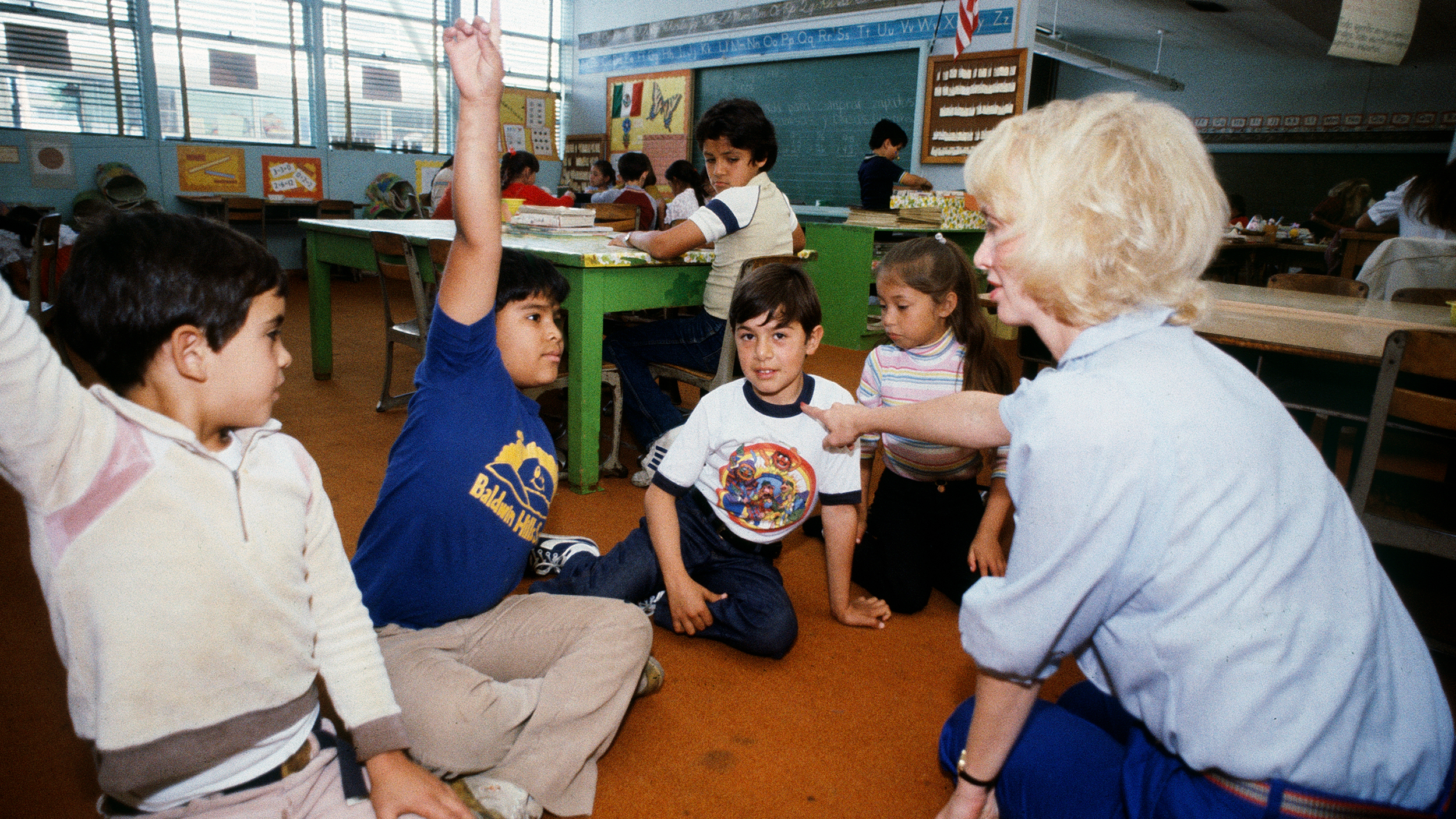Why Mothers Use Baby Talk with Kids, but Fathers Don’t

If you go to a park on a nice afternoon, you’ll often see mother’s cooing at their children, speaking in higher-pitched voices, otherwise known as baby talk. But fathers, not so much. It’s an interesting behavioral phenomenon that lead researcher Mark VanDam, a professor in the Speech and Hearing Sciences department at Washington State University Spokane, wants to understand.
As one part of a larger study, VanDam and his team outfitted preschoolers and their parents with recording devices to monitor their day-to-day verbal interactions. Their ultimate goal was to compare how mothers and fathers spoke to their children — if both parties modified their speech.
The results confirmed what researchers already knew: The mothers tended to baby talk to their kids, changing back to their normal speaking voice when they were addressing other adults, while the fathers didn’t change a thing, speaking to their children as they would other adults. It’s believed that baby talk is a way for mothers to bond with their young, as the exaggerated pitch and vocals are particularly attractive to youngsters.
From this understanding, researchers have begun to wonder if fathers are failing to engage with their children by not using this fun, cutesy speech.
However, VanDam is here to assure fathers that they aren’t hindering their child’s development. He said in a press release:
“This isn’t a bad thing at all — it’s not a failing of the fathers. We think that maybe fathers are doing things that are conducive to their children’s learning, but in a different way. The parents are complementary to their children’s language learning.”
In fact, VanDam believes a father’s lack of baby talk is part of a larger speech “bridge hypothesis” he has about language development. Mothers engage children with their baby talk while fathers provide a bridge to what people really sound like in the outside world. Researchers did note that while fathers didn’t alter the pitch of their voice, they did modify other parts of their speech, such as using different vocabulary or changing their volume.
VanDam admits there were some restraints to the study. Families had to be comprised of a mother and father in a heterosexual relationship that lived with the child full-time. VanDam assures that this study is going to be the first of many in examining how fathers support their child’s language development and he hopes to include other modern family types.
Read more at Science Daily.
Photo Credit: Shutterstock





